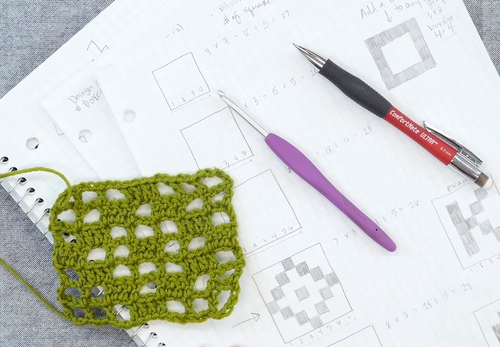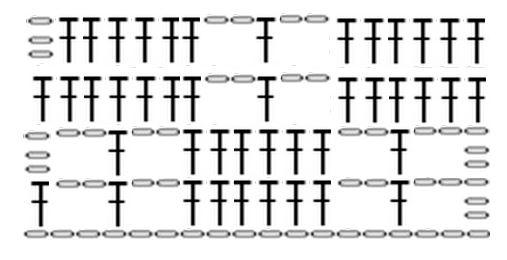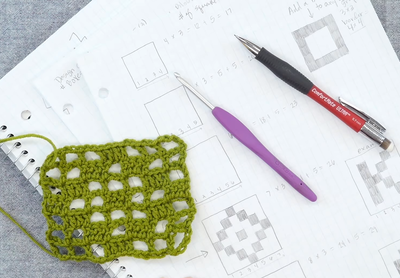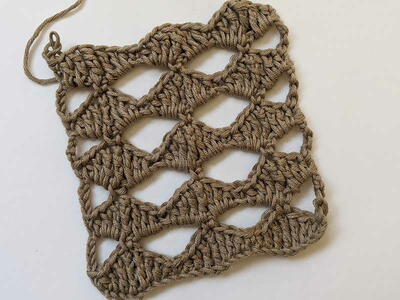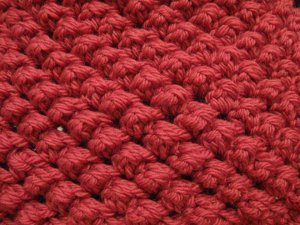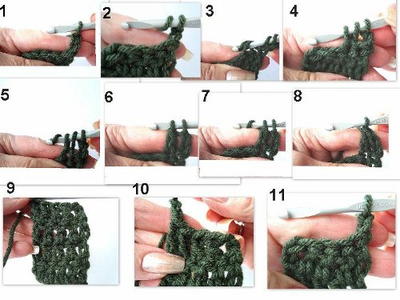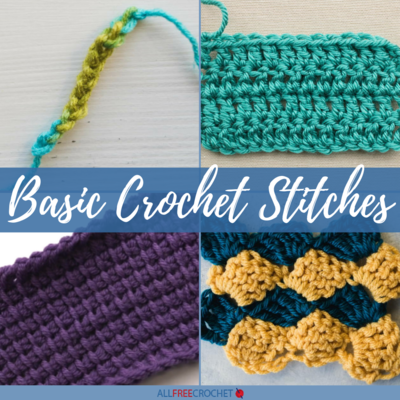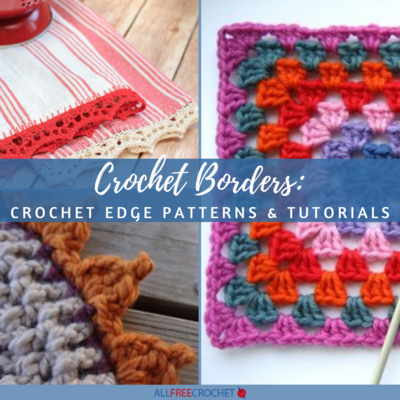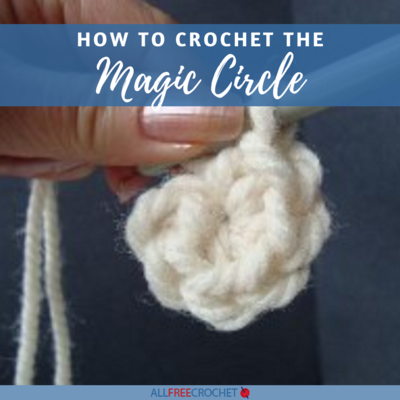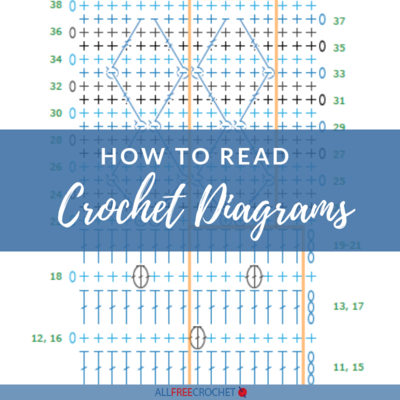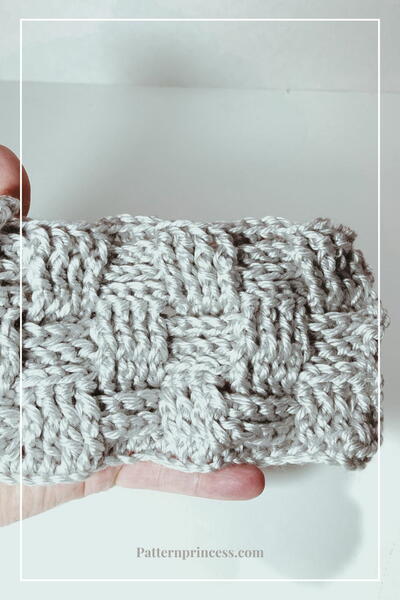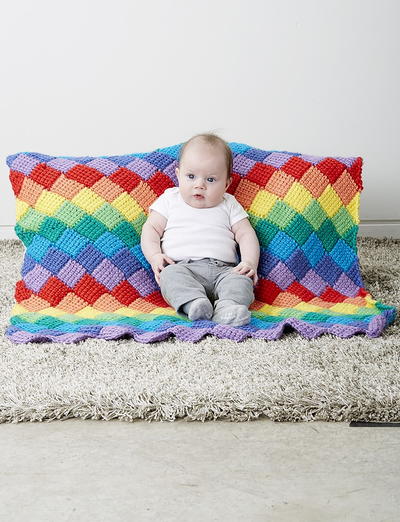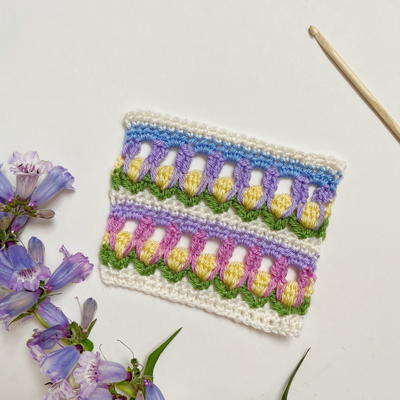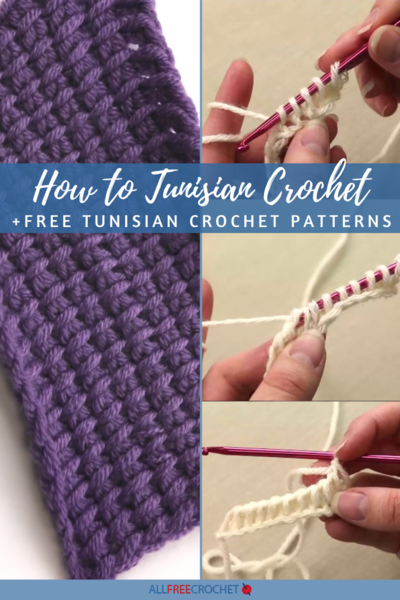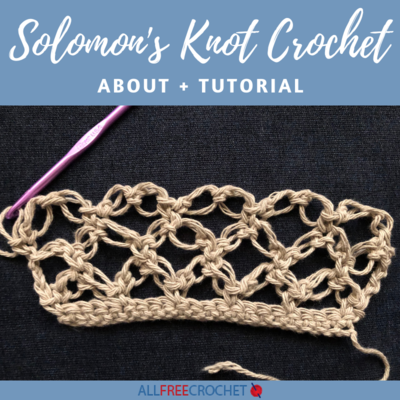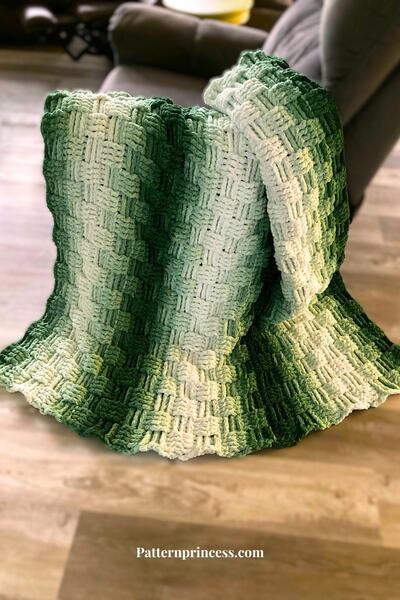Filet Crochet Tutorial + 6 Filet Crochet Patterns
Learn what filet crochet is, how to read the charts, and get free patterns to try.
What is Filet Crochet?
Filet crochet is a unique crochet design that requires chain stitches and double crochet stitches only. These two stitches can be used to form blocks of stitches to make designs in the form of words to images.
The finished project resembles a lacy grid of stitches that depict your image, so if you can sketch it out on graph paper, you can crochet it with this technique. Our Filet Crochet Tutorial + 6 Filet Crochet Patterns will leave you feeling confident in this new skill.
However, this technique looks intimidating to a lot of people because the filet technique is unknown to them. I'm here to help you out with this by showing you how to read these crochet patterns so that you can make that project you've been putting off for years.
The filet technique most commonly uses cotton crochet thread and a small steel hook. The double crochet and chain stitches arrange in a grid that is made up of blocks (for the design) and spaces (for the background), which is almost always laid out in a diagram for you.
Combining the blocks and spaces is how your pattern makes a design, such as doilies with names crocheted into them, or shawls with a butterfly pattern. These finished crochet lace patterns make perfect baby shower gifts!
Keep reading for a video tutorial on this unique crochet method, plus more examples of charts and patterns you can make!
How to Read Filet Crochet Charts
These charts consist of two main elements: blocks and spaces. It's basically crochet binary! Though that seems simple to understand, there are a few details that you need to understand before getting started. Let's start with what the two elements mean.
Block: This is where you make your double crochets. It is made up of either three, four, or five dc stitches, and is represented by the black boxes in the diagram below.
Space: This is where your chain stitches are. It is made by either one, two, or three chains and a double crochet. (When working a block above a space, the stitches are worked into the chain space rather than into the chain stitches.)
One of the best approaches for understanding how to read filet crochet charts is to see them created and explained. Check out the video tutorial below from Kristi Simpson to get a breakdown of how to do it from start to finish.
How to Filet Crochet
Now that you have watched the video, you should have a much better understanding of what this technique is and how to do it. We will go into further detail with these filet crochet instructions to help you fully master it.
To start your foundation chain: Count the number of squares across the bottom row of the diagram to start. Take that number times three, plus one. For example, take the diagram below. Each darkened square (or block) is three dc. Each white square (or space) is a ch 2 and a dc.
Pay attention to the first square: If your first square is a white square (or space), then you add 5 chain stitches to your starting chain to count as a ch 3 plus a ch 2 mesh. If this space were a block (or black), then you would only add 3 chain stitches to your starting chain to count as the first dc of the block.
For this particular pattern, you would calculate your foundation chain like this:
(6 x 3) + 1 = 19
19 + 5 = 24 sts for starting chain.
Since our first square is a white square, we are adding 5 to our starting chain.
Start in the lower right corner where there is a space if you are right-handed. Lefties, start in the lower lefthand corner.
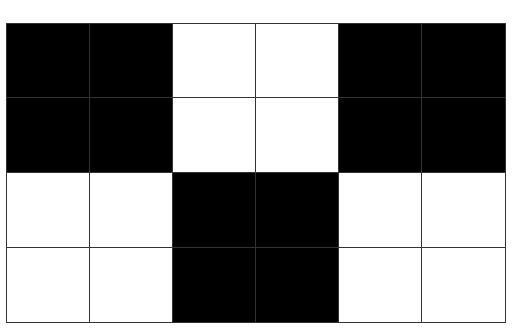
Filet Crochet Stitches Diagram
Filet Crochet Tips
Before you start your first project, here are a few things to keep in mind:
- Work your stitches tightly. If they are too loose, your design will flop around and look a little sloppier than you might want it. You might want to use a smaller hook than your yarn calls for to ensure close stitching.
- Some stitch keys will call a space a "mesh" and a block a "solid mesh." Other diagrams may also use X's in the place of darkened blocks.
- Use graph paper to map out your own designs if you're feeling super creative.
- To finish, block your project by following the care instructions of your yarn.
- Though you can use any yarn, crochet thread creates a crochet lace design, making it perfect for delicate and display-only designs and doilies while thicker yarn would be better for more durable items.
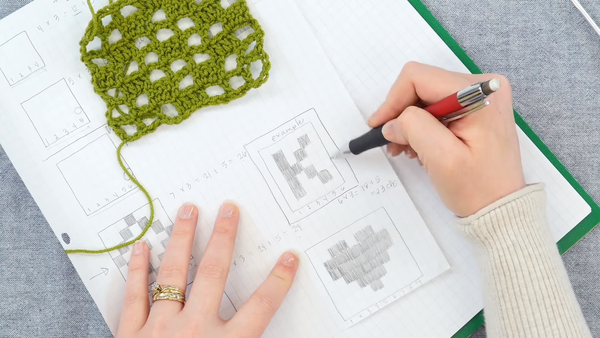
Filet Crochet Patterns
Now that you've gotten the basics of this crochet technique, try these amazing patterns out:
- Filet Crochet Butterfly
- Lace Summer Top with Filet
- Symmetrical Filet Crochet Prayer Cloth
- Safran Filet Top
- White Filet Lacy Top with Contrasting Bands
- Happy Jack O' Lantern Table Runner
Click the image below to see all of this type of crochet pattern featured on AllFreeCrochet.
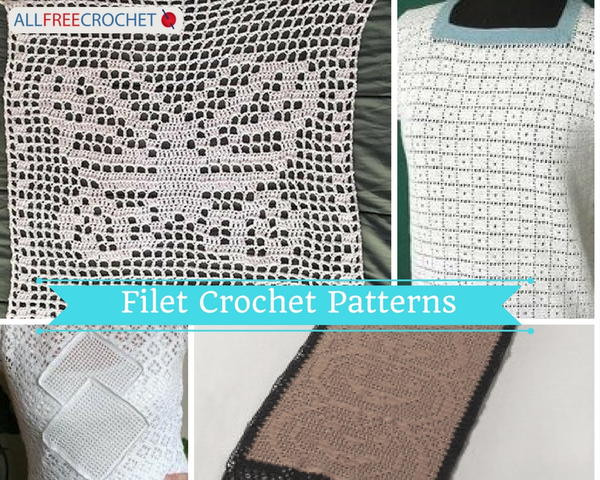
Have you tried crocheting in the filet style?
Read NextField Of Flowers Crochet Stitch
Minerita
Apr 06, 2018
I often upscale filet doily patterns. Worsted weight yarn seems to finish shorter than thread so the pattern comes out squatty if I don't adjust the stitches. If I continue with a 31 block I do triple crochet instead of double otherwise I switch to a 21 block. A 21 block is 2 dc 1 dc or 1dc, ch1 1 dc.
Minerita
Apr 06, 2018
That's 3 plus 1 and 2 plus 1 not 31 and 21 I don't know what happened to the plus sign.
dahawthorn 6358990
Dec 23, 2017
Filet Crochet Stitches Diagram has an error in it, it needs an extra column of dc after the 12th column
JaneEK
Aug 27, 2017
I cant say enough nice things about this article. Filet Crochet is something that every new crocheter eventually wants to try, and I know I certainly wasnt an exception. The Block and Chain stitches arent difficult, but it is tricky learning to read the charts. Almost without exception, most Filet patterns are shown as charts rather than written directions. The video explains charts so well, I may bookmark this page just for that.
Report Inappropriate Comment
Are you sure you would like to report this comment? It will be flagged for our moderators to take action.
Thank you for taking the time to improve the content on our site.

